Disclosure – The author has been compensated to provide an honest opinion of the product in this review. You can read our full disclosure statement here.
GFI MailArchiver is an email archiving solution for Exchange Server environments. It allows businesses to maintain a centralized archive of all their email communications, with web-based administration and end user access as well as Outlook integration.
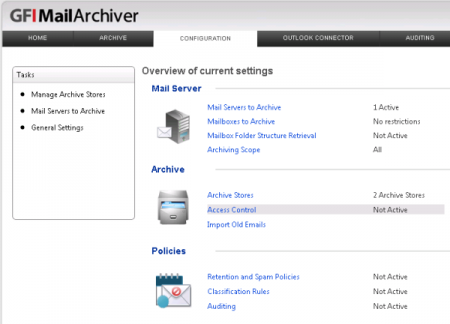
I tried GFI MailArchiver in an Exchange Server 2010 environment to see how easy it would be to deploy email archiving. You can also use it for Exchange 2003 and 2007 organizations.
Installing GFI MailArchiver
I installed GFI MailArchiver on a Windows Server 2008 R2 server that also had SQL Server 2008 installed on it.
The GFI MailArchiver setup detects that the pre-requisite components are not installed and offers to install them automatically for you. Although it uses the deprecated ServerManagerCMD.exe to do this it works fine, and makes installing the server a much simpler task.
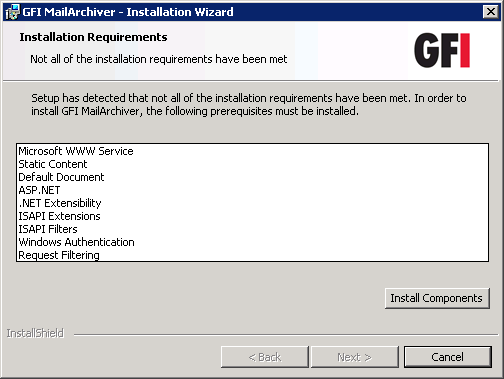
However the one component that I needed to manually install was the MAPI Client and Collaboration Data Objects, something that most Exchange-integrated applications need. The setup wizard provides a handy link to download the MAPI CDO install files from Microsoft.
Configuring GFI MailArchiver
After GFI MailArchiver has installed the web-based administration console opens and the server can be configured. A wizard appears that steps you through the process of setting up the first archive store.

I chose to use Microsoft SQL Server as the archive store, and there are also options for high-volume environments as well as a choice of SQL Express or Firebird database for smaller environments. Depending on which option you choose email data will either be stored in the database or on the file system, however headers and other email details are always stored in a database.
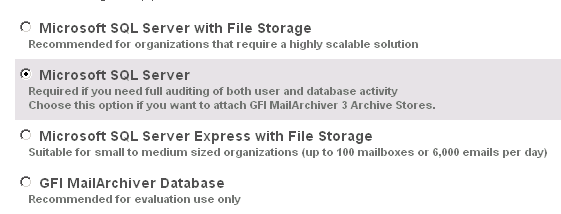
Between the different database options and the ability to store databases, email data, and indexes in different locations it is quite clear that GFI MailArchiver can be easily configured for high performance in very large environments.
How GFI MailArchiver Works
GFI MailArchiver works by integrating with Microsoft Exchange journaling. Whether the Exchange environment is configured for Standard Journaling or Premium Journaling it will work with GFI MailArchiver.
Though you might think this means GFI MailArchiver will grab every single email sent or received in the organization, you can actually still apply some exclusions such as only archiving emails sent internally, and by excluding certain mailboxes or groups of users.
Journaling takes care of all email sent from the time GFI MailArchiver is installed, but what about all the email already in Exchange databases? This is taken care of by GFI MailArchiver’s Import and Export tool, which can import email from existing databases as well as PST files and previous versions of GFI MailArchiver.
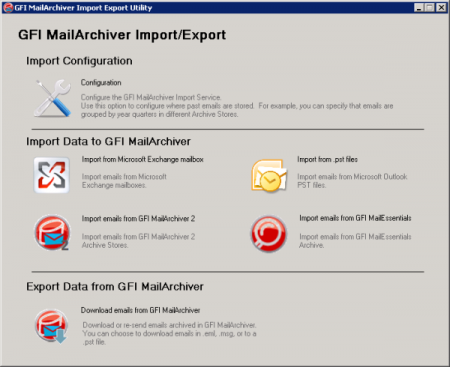
Using the Import and Export tool you can even choose to import email message within certain date ranges into different archive stores, for example if you are using a different archive store each calendar year.
Reducing Exchange Server Database Load
After looking at the journaling integration and the import utility you may be wondering how exactly GFI MailArchiver reduces the storage and performance load on the Exchange server.
Because GFI MailArchiver does not remove any items from mailboxes this has to be handled using other methods. An organization can either configure mailbox storage quotas, or they can configure retention policies.
This might seem like a burden compared to other archiving products that remove items from the database automatically and leave stubs behind, but GFI adheres to Microsoft’s “no stubbing” guidance instead and does not do this.
Once you have configured quotas or retention policies your Exchange databases will be able to be maintained at a smaller size and perform better.
End User Archive Access
End user access to the archives is provided in two ways; using a simple web interface, and via an Outlook add-in that also handles offline caching of the archive.

Both of these options make it easy for end users to search for archived items and perform actions such as exporting them, or restoring them to the mailbox. The offline caching is also very useful for mobile staff such as a roaming sales team.
Summary
Overall I think GFI MailArchiver is a good solution for SMBs that need email archiving, particularly when I think of businesses such as law firms that need reliable records of email communication and in some cases have strict compliance requirements. Having all email messages in a centralized, indexed, and easily searchable archive database makes any kind of discovery exercise much easier.
Considering the benefits the pricing is very reasonable and the option to use free databases if a full SQL Server instance is not available make GFI MailArchiver an accessible product for businesses on a budget.
Disclosure: GFI is a paid advertiser on this website.
Screenshot Gallery:
[spoiler]
[/spoiler]


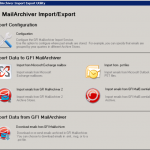
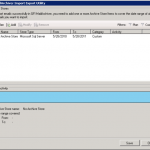
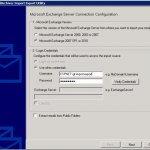
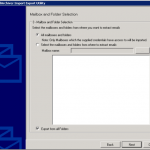
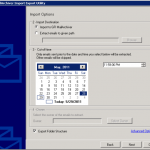
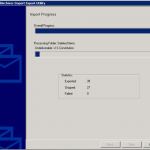
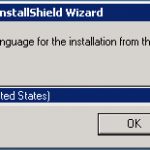
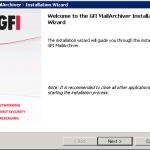
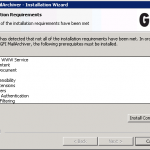
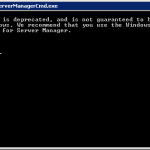
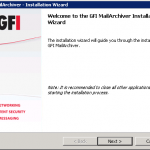
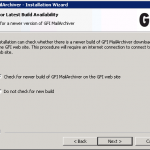
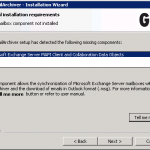
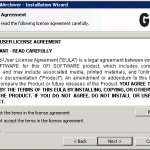
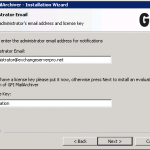
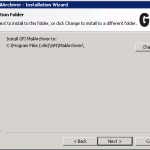
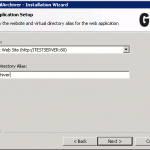
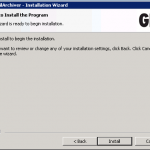
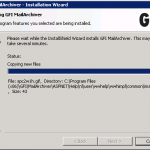
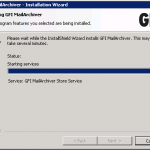
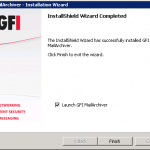
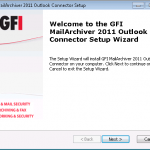
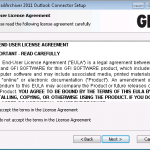
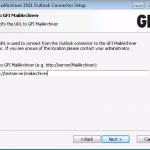
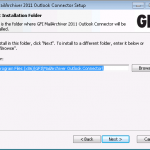
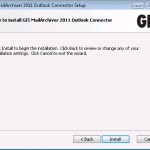
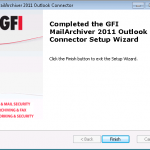
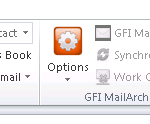
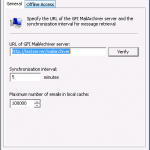
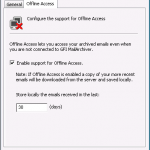
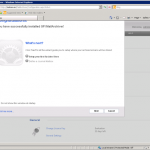
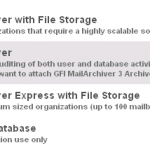
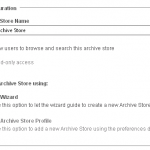
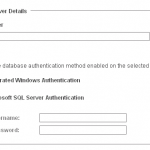
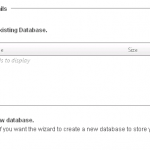
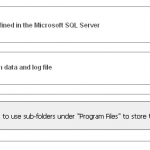
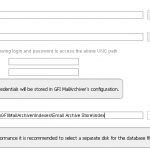
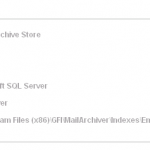
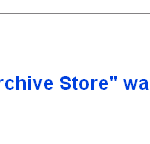
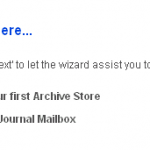
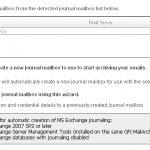
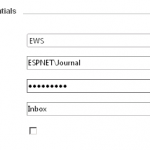
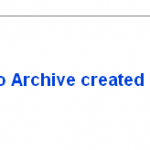
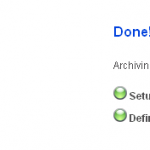
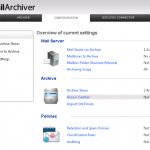
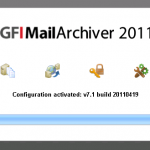
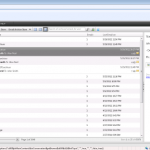
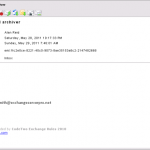



Hi Paul,
Quick question for you…
Do you know if there is an easy way to migrate email archives from solutions solution such as Symantec EV or GFI archiver to Office 365 ?…. Directly to the user mailboxes &/or user archive mailboxes ?
I’m thinking something similar to MIgrationWiz but for archive mailboxes. btw, migratiowiz does not have the ability to do it.
Cheers
Ian
Pingback: Exchange 2010 Archiving - Getting Started